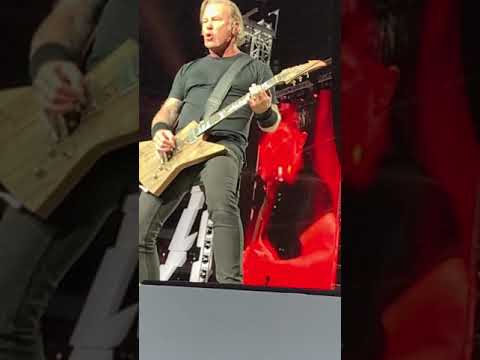I’ll try an make a half decent video and post it.
I learned to play master of puppets many many years ago, I don’t remember how long I had to practice to get it right. One thing I can tell is that the challenge isn’t in playing the riff fast enough, the challenge is playing the whole song without having too much fatigue.
Yes, you can build some endurance over time but with a good technique you are more efficient and play with less effort.
For what it’s worth, I’ve just started playing guitar again 3 days ago after several weeks off. And on the top of my head, it’s been probably over a year since I’ve worked on my “endurance”, and yet, I just took the guitar, no warmup and played along to the whole some start to finish. There as a little burn in my foreram, but nothing more. If it was all about endurance I probably would not have been able to do it.
I never would’ve been able to do that before, because I used to pick the strings way too hard. It’s important to practice WHILE PLUGGED IN, with distortion dialed in, and pay attention from the sound coming from the amp. You really don’t need to pick the strings so hard.
The other big secret to play it with less effort is using “string tracking”. I never knew about that until I saw Troy’s video demonstrating it.
Master of Puppets isn’t such a fast riff and because the 6th string is palm muted and the 5th isn’t, it’s easy to assume that the palm should stay firmly planted on the 6th string during the whole riff, however if you do that the wrist has a do a much bigger movement to pick the 5th string and you will quickly burn yourself out.
I really don’t want to come off as arrogant, I’m really an average player and I don’t think there is anything special with the way James downpicks most riffs. IMHO when you know how to downpick you know the technique and it works with every riff. Alternate picking is much more tricky because some riffs will have different patterns. That’s why 99% of the times I’ve downpicked almost everything because I couldn’t be bothered to figure out the alternated picking pattern. I am genuinely more impressed with guys like Dave Mustaine, who will sometimes downpick everything, sometimes alternate, sometimes lead with an upstroke, all depending on the tone and feel that is supposed to fit with the song. I guess it’s only normal as humans to admire and envy people who can do things we are not able to do ourselves.
And one thing most people don’t notice with Metallica is that they play the songs live differently than on the records, they change some riffs and put in some breaks here and there. It’s also a myth that everything is downpicked… it’s all about the tone that is wanted and there is that riff in Master of Puppets, 2nd riff after Kirk’s solo, you can hear that some notes are downpicked and some are alternate picked. We can never know how it was played in the studio but you can see this on live videos,
 )
)



 ) appears to not all be coming from the wrist but the elbow as well.
) appears to not all be coming from the wrist but the elbow as well.
